If you are fond of sushi, you may have wondered what are those vibrantly colored bead-like things on your sushi. Yes, those are masago! A staple in Japan but loved by many, particularly sushi lovers, all over the world. In this article, we will look into masago thoroughly.
WHAT IS MASAGO ?
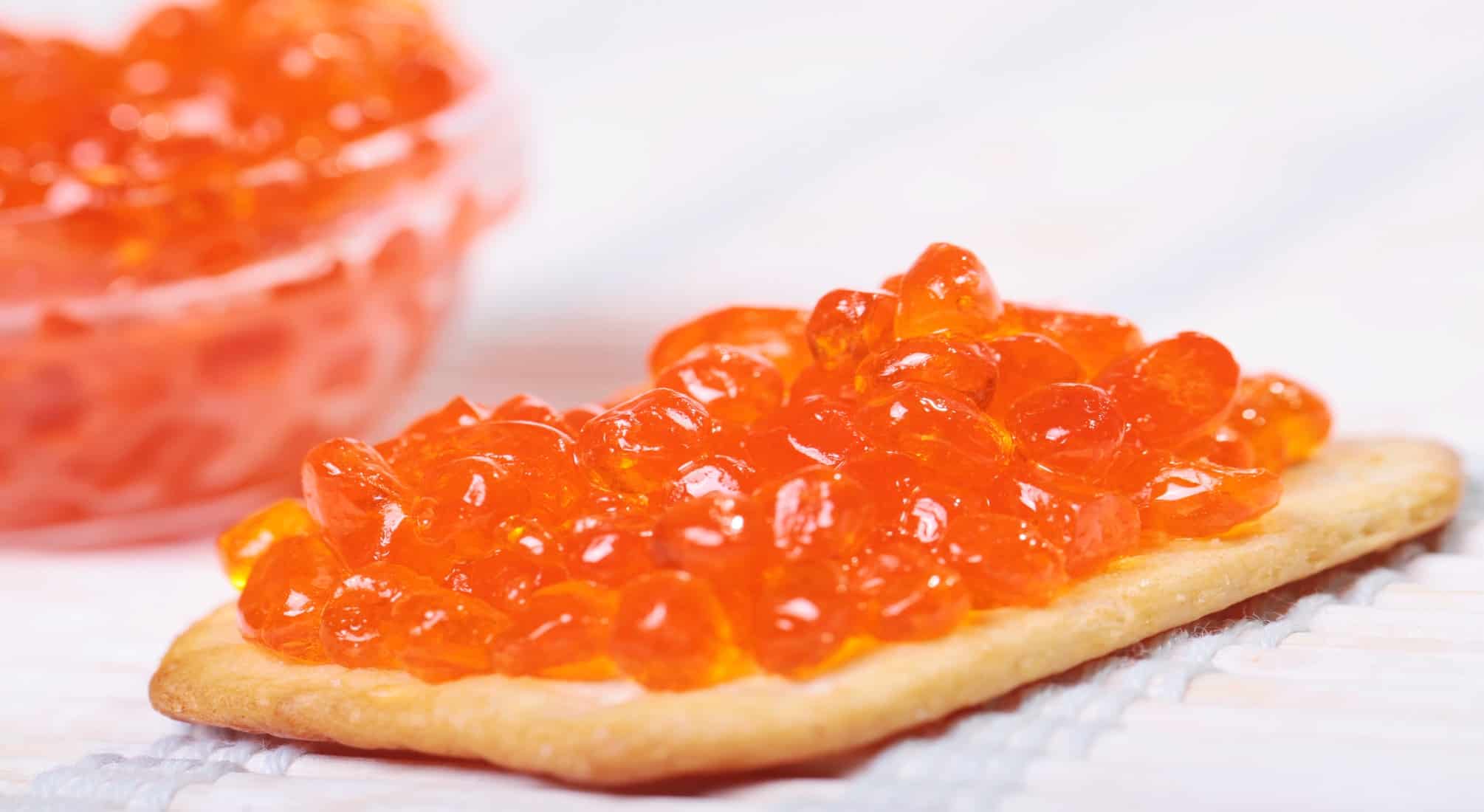
Masago is the mass of raw eggs from the fish called Capelin. Capelin is a small fish belonging to the smelt family. It lives and breeds in the Atlantic and Arctic seas and is found in the cold water of Iceland, Greenland and Norway. During spawning seasons from mid-April to July, when the water temperature is between 6 to 10 degree Celsius, Capelins swim to the estuary to spawn, sometimes on the gravels along the beaches.
An interesting fact is that masago is not harvested from the lied eggs. Rather, the eggs are collected directly from the female Capelins before they get a chance to spawn. Usually, a fully grown Capelin carries between six thousand to thirty thousand eggs.
Though Capelin flash is edible, it is normally not consumed and is mostly used to produce fish meal, fertilizer or fish oil. A portion is also dried or salted by the fishermen for consumption.
Capelin eggs taste a bit salty. They add to the crunchiness of the dish. Though you mostly see yellow or orange masago on your sushi, its natural color is whitish or dull yellow. To make the roe more attractive and increase their market value, different colors are added. The most common color is the bright yellow or vibrant orange that you usually see on your sushi or in the supermarket. Other colors such as red, green, and even black are also added to masago.
MASAGO VS TOBIKO, IKURA AND CAVIAR
Masago, tobiko and caviar are all fish roe but they come from different species of fish. Tobiko is the roe of flying fish species. It is naturally reddish and smaller than masago. It is used as a garnish in sushi. However, tobiko is more expensive than masago. Hence, chefs around the globe substitute tobiko with masago in their sushi and other dishes.
For Ikura, it is the roe of salmon fish. It is bigger than other roe and has a naturally bright orange to reddish color. It is shiny and slightly transparent.
Caviar is the egg of sturgeon fish, mostly found in the Caspian and Black Sea. Caviar is small and varies in color. It can be amber, green, or black. There are many types of caviar, including beluga caviar, which is the most popular and expensive among all roes.
HEALTH BENEFITS OF MASAGO
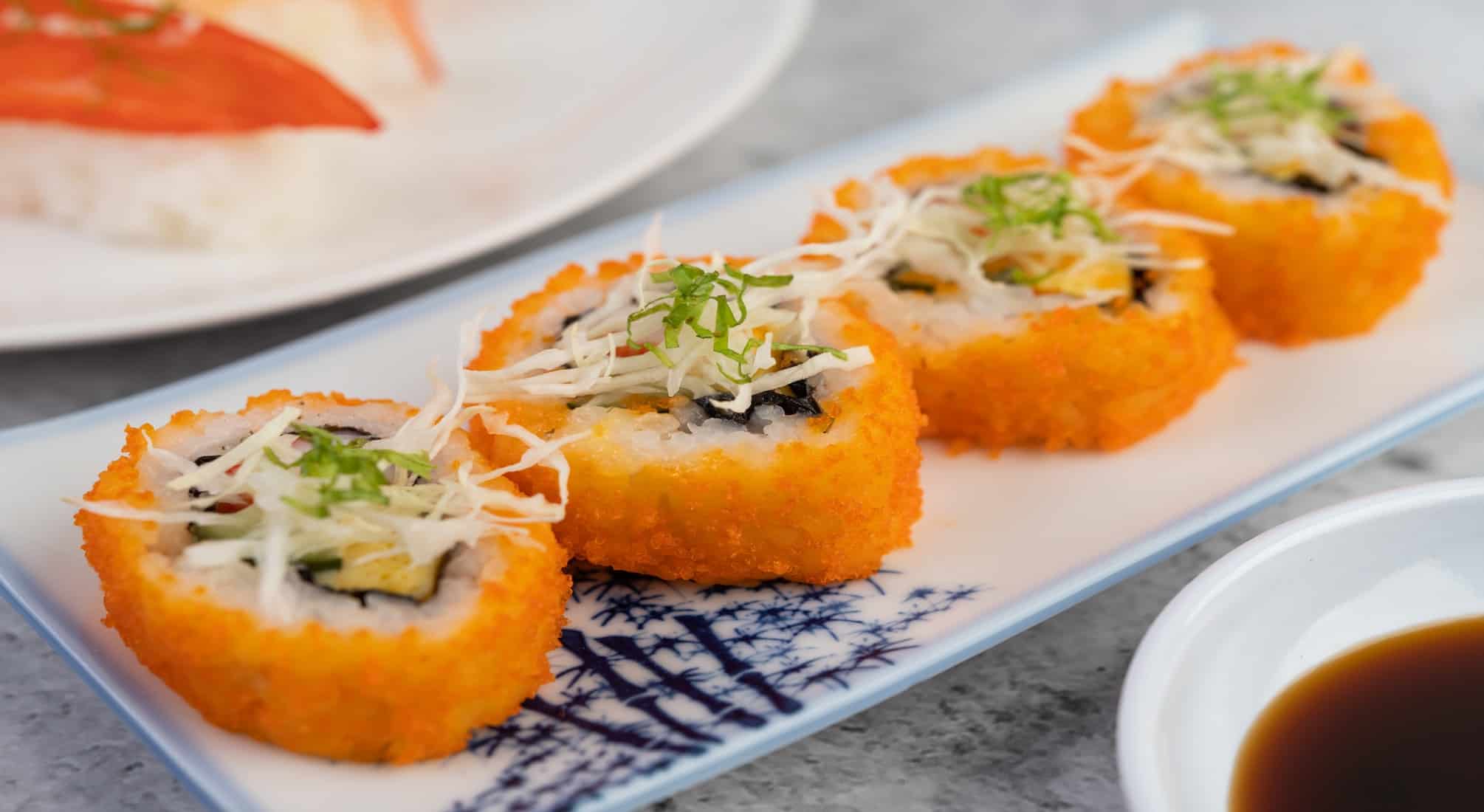
Seafood has many significant health benefits. They are a good source of protein, fat, minerals, and vitamins. Capelin and masago are no different. They are rich in protein and other essential nutrients. Low-calorie content and high nutritional value make masago an ideal food for people who are trying to shed weight. However, research has shown that the health benefits of masago can greatly be influenced by the length of storage at dockside while frozen as well as during and after thawing. The following highlights some major health benefits of consuming masago:
1. A Rich Source of Protein
Protein is one of the five essential nutrients that you need for proper growth and body maintenance. Masago is a rich source of high-quality protein. Research showed that masago contains more than 8-gram proteins per 100-gram servings.
Amino acids are the building blocks of protein. There are twenty of them. Your body can’t synthesize or store some nine out of the twenty amino acids. As such, you must supply them to your body with food. These nine amino acids are called essential amino acids. Most foods contain some of these essential amino acids but not all. Masago is one of the foods that contain all the essential amino acids. Yes, you read it right! All the nine of them! That is why the protein you get from masago is known as high-quality protein.
Protein-rich food like masago keeps you satiated for a long time and helps you avoid overeating, thus fostering weight loss as well to a certain extent.
2. A Natural Source of Selenium
Masago, like all sea fishes roe, is an excellent source of selenium. Selenium is present in concentrated form in masago.
Selenium is a mineral as well as a micronutrient. You certainly need a trace amount of selenium for the normal functioning of your body. Besides, Selenium contains strong antioxidant that helps remove free radicals from your body which are involved in heart disease and cancers. They are produced when your body metabolizes food as well as when you are exposed to tobacco smoke.
Asides from that, selenium helps boost your immune system, hence protecting you from infections. It is also vital for the proper functioning of the thyroid gland.
3. High in Vitamin B12
Masago is rich in vitamin B12. Though there is no specific information about vitamin B12 content in masago, it has been demonstrated that more than 9 microgram of vitamin B12 is present in 100-gram of mixed roes including masago. This amount can meet about 47% of your daily vitamin requirement.
Vitamin B12 plays a crucial role in many physiological processes. It is essential for the normal functioning of your brain and the nervous system. It is also involved in erythropoiesis and DNA synthesis and regulation. Vitamin B12 is also essential for the production of energy and fatty acids in your cells.
4. An Excellent Source of Omega-3 Fatty Acids
Omega-3 fatty acids are polyunsaturated fatty acids. Mixed roe including masago has been found to contain 2.38-gram of omega-3 fatty acids per 100-gram.
Researches have demonstrated many health benefits of omega-3 fatty acids. Food rich in omega-3 fatty acids can significantly reduce the risk of coronary artery disease. It is also involved in mitigating inflammation. Omega-3 fatty acids also prevent life-threatening blood clots in circulation. Dietary intake of omega-3 fatty acids during pregnancy and lactation enhances brain development in infants as well. Consuming fish products including masago are indeed one of the best dietary sources of omega-3 fats.
5. Contains Low Mercury Content
Mercury is a heavy metal. If ingested accidentally, it can cause mercury poisoning. Mercury is accumulated in various parts of the fish, a process known as bioaccumulation. However, researches have demonstrated that fish roe contains much less mercury than other parts of the fish. As a result, masago tends to contain low mercury content.
HOW TO STORE MASAGO?
You can store masago in a freezer at -20 degree Celsius for 6 months. In a refrigerator at 4 degree Celsius, the nutritional value of masago is maintained for 4 to 5 days. You should avoid repeated freezing and thawing of masago. If you intend to buy a large quantity of masago during your next visit to the supermarket, divide it into small portions before putting it into the freezer. This will help you avoid repeated freezing and thawing.
HOW TO USE MASAGO ?
You can use masago with a number of dishes in various ways. The followings are some tips for adding masago to your food. In fact, the use of these crunchy and tangy fish eggs is only limited by your imagination. So, just be creative!
On Sushi Rolls
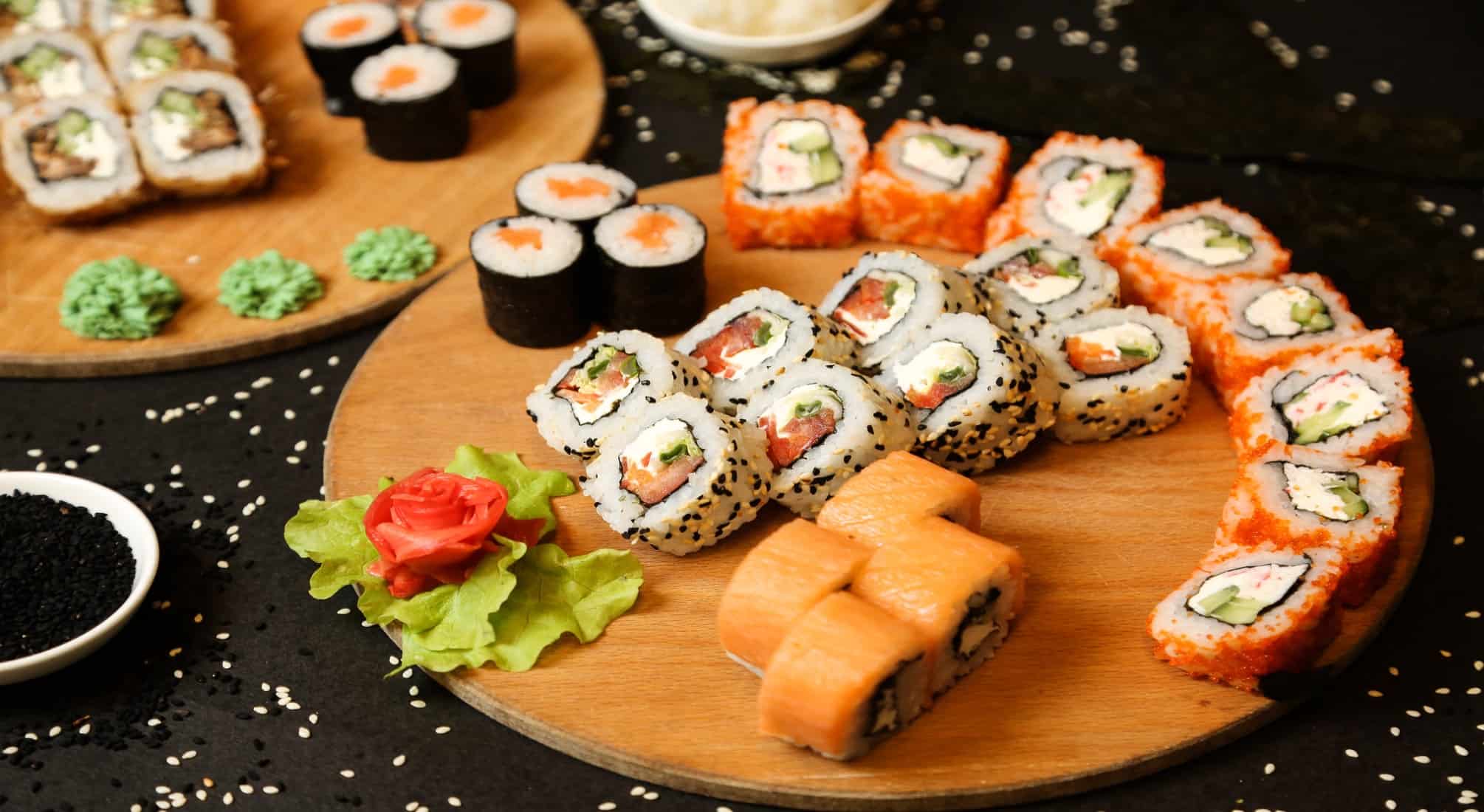
The most popular use of masago is sushi roll toppings. Usually the yellow or orange color masago is used in a sushi roll. However, if you are preparing the rolls for yourself or your family, you can look for other colors like green or black, as you like.
Make a Masago Sauce
Instead of using masago on your sushi rolls, you can prepare masago sauce. It is easy and simple to make and will add a spicy and creamy flavor to your rolls or spaghetti. Mix some mayonnaise, powdered spices like garlic and lime juice. Add a generous amount of masago to the mixture and stir to mix well. Your masago sauce is ready. You can use it for a dip or sprinkle on your spaghetti and other dishes.
Add to the Fillings of the Rolls
You can add extra flavor and texture to the rolls by adding masago to the fillings inside the rolls as well.
Garnish Your Dish With Masago
Masago comes in different colors such as yellow, orange, red, green, and even black. Adding masago to your dishes like spaghetti or others will enhance its look with the vibrant color.
IS MASAGO SAFE TO EAT?
Masago is generally safe for most people. However, if you have seafood allergy or any other medical condition that requires you to avoid sodium, you are better advised to avoid masago, as it contains a high level of sodium. Always make sure to consult your doctor or medical professional before making any changes to your lifestyle or diet.
HEALTH RISKS OF MASAGO
Consuming masago brings numerous health benefits. However, there are also some potential downsides as explained below.
1. High Sodium Cotent
Like other sea fish, masago contains a high level of sodium. Moreover, during processing, salt-containing ingredients such as soy sauce is added to masago. As a result, the final product is relatively high in sodium content.
If you have any medical condition that requires maintaining low sodium intake, like high blood pressure or chronic kidney disease, you should avoid taking too much masago.
2. Risk of Allergic Reaction
Vitellogenin is a protein present in fish roe. Research has demonstrated that it is a potential allergen. People with an allergy to fish and shellfish should avoid masago as it can induce allergic reactions causing rashes, troubled breathing, and hypotension.
3. Combination of Harmful Ingredients
Commercial preparation of masago may contain a high level of monosodium glutamate (tasting salt) or corn syrup. They also contain preservatives to prevent the growth of micro-organisms and increase the product shelf life.
Corn syrup can induce metabolic disorder and reduces dopamine release if consumed regularly. Tasting salt (monosodium glutamate), on the other hand, can cause headache in some people.
TAKEAWAY
Masago is the mass of raw eggs of the Capelin fish which are collected directly from the female Capelin before they get a chance to spawn. The most common colors of the masago are bright yellow and vibrant orange. Other colors like red, green and black are also added to masago generally.
Masago are loaded with nutrients such as high-quality protein, selenium, omega-3 fatty acids and so on, providing great nutritional benefits. You can use masago with a variety of dishes like for sushi rolls or even making masago sauce. The use of masago is just limited by your imagination. However, if you are allergic to seafood or salt-sensitive, do avoid masago. Always consult your health care professional or doctor before making changes to your diet.


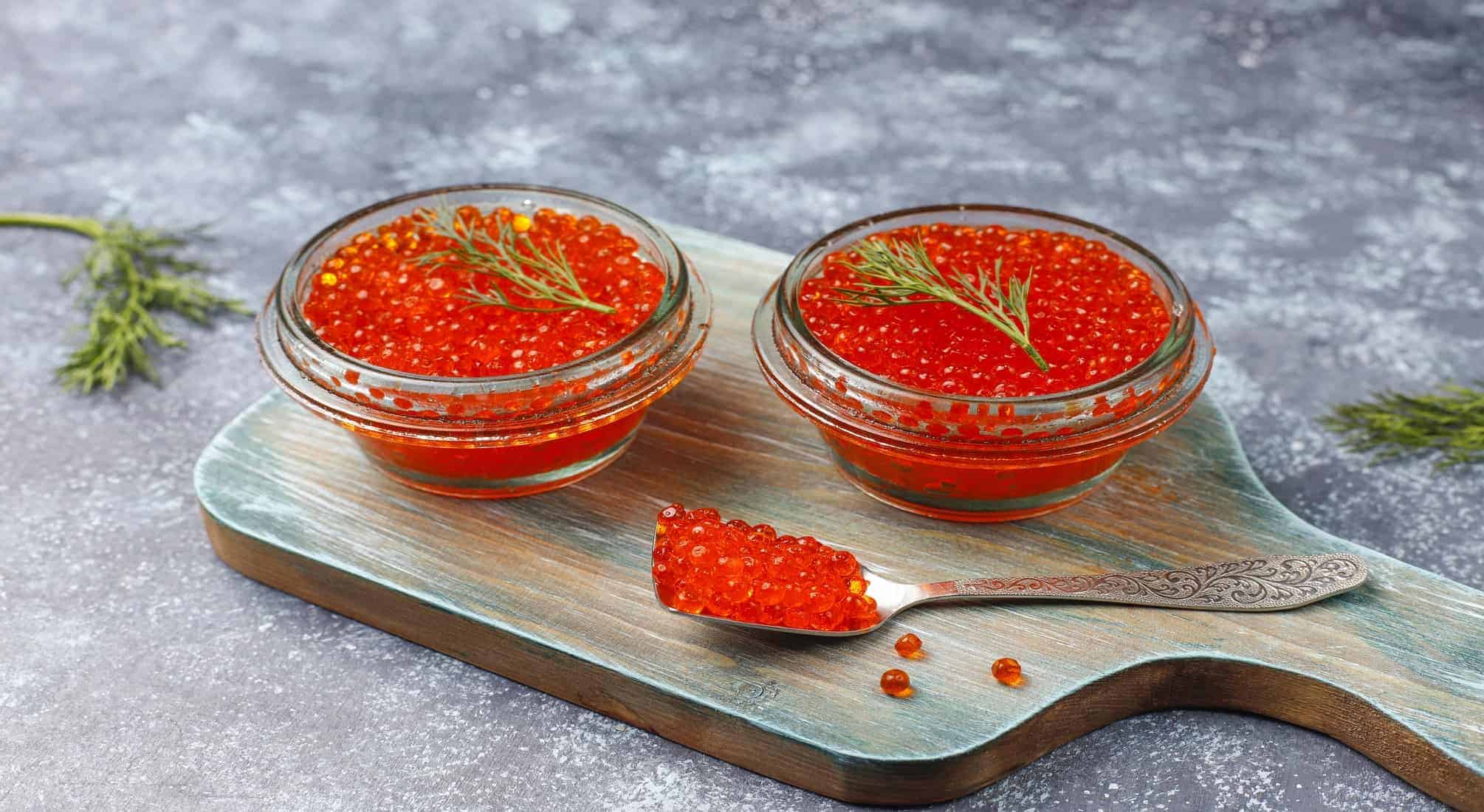


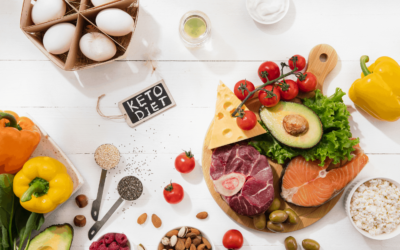

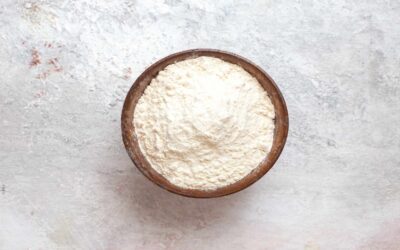
0 Comments